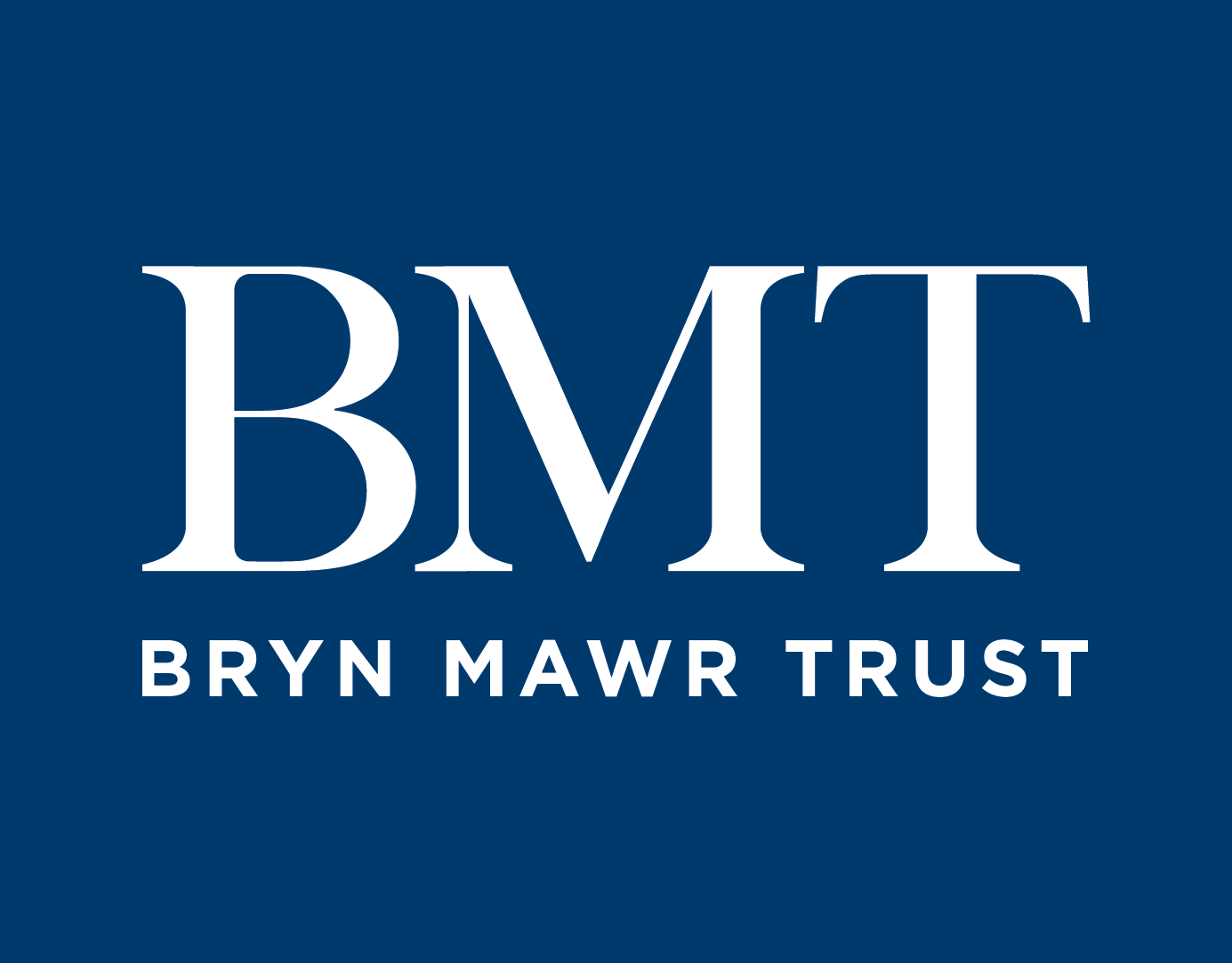Tiny Houses, Big Ideas: Bryn Mawr Trust Explains the Tiny House Movement


Many young adults today who want to own a home are having a difficult time doing so with high student loan debt, high home costs, and lower home inventory due to demand. There is also a societal and moral call to be more environmentally conscious and today’s young adults have a strong desire for flexibility and simplicity. Homeownership is a big accomplishment, but it normally comes with a bigger debt to pay off, a commitment to stay in one spot, and the headache of constant maintenance.
People are now looking for homeownership perks without making certain sacrifices, which has made the tiny house movement so big. This trend has people wondering if this lifestyle is right for them.
The Tiny House Movement Explained
The tiny house movement is thought of as a cultural effort to support downsizing and living a simpler lifestyle. The belief is that living with less will bring more freedom and unique experiences than living in big, expensive homes.
A structure is considered a tiny house when it is less than 400 square feet. While much smaller than a typical home, a tiny house can offer many of the comforts of larger homes, such as a queen-size mattress, separate bathroom, a kitchen, and a living area, all just on a much smaller scale. Keep in mind that depending on where you live, you must comply with the local zoning laws. These laws prevent homeowners from putting tiny houses wherever they want without paying for it. For instance, tiny houses cannot be placed on someone else’s property for free.
Customization
Have you thought about designing your dream home? You can work with a builder to design your own tiny home. You can get creative with a custom-built tiny home that can suit your needs and personal style. You can build a rustic little cabin on wheels, or a modern-style trailer, or really anything that is within your budget.
You will have to get innovative and space-conscious, such as building a couch into the living room with retractable seats to move it in and out at will.
A space for guests can also be your tiny personal office. You can do other things to accommodate the smaller scale living, such as getting the kitchen appliances you need in small sizes. The layout, color scheme, and individual pieces of furniture can be worked out in a way that makes the home feel like it has more space than it does.
More Ideas for Tiny House Living
Some people who are considering purchasing a tiny home are just looking for a little inspiration and some more information on what they can expect. It is entirely up to you and your budget how small you go and how bare-bone of a structure you have.
Is a Tiny House Right for Me?
Tiny-house living brings plenty of challenges, and it is not recommended for every lifestyle. You might want to reconsider if you are claustrophobic or have kids or pets. For others, it could be the perfect option as it allows you to be a homeowner without taking on a large debt and can help save money and pay off other debts. Tiny houses have a lower environmental impact due to having a smaller space to heat, cool, and light. The maintenance is comparably minimal, and if your tiny home is on wheels, you can pick up and move whenever.
There are many pros and cons to weigh when considering tiny-house living. Keep in mind that your space, privacy, and comfort may be jeopardized. Also, if you do need to take out a loan, it is more difficult to do than with a traditional house. To test out this lifestyle, you can take tiny home living for a trial run by staying in one for a vacation or weekend, as they can be found on sites like Airbnb.
Interested in a personal loan/line of credit? Contact Bryn Mawr Trust today.
Join Our Community
Never miss a Delaware County story!
"*" indicates required fields



















![95000-1023_ACJ_BannerAd[1]](https://delco.today/wp-content/uploads/sites/3/2023/03/95000-1023_ACJ_BannerAd1.jpg)











